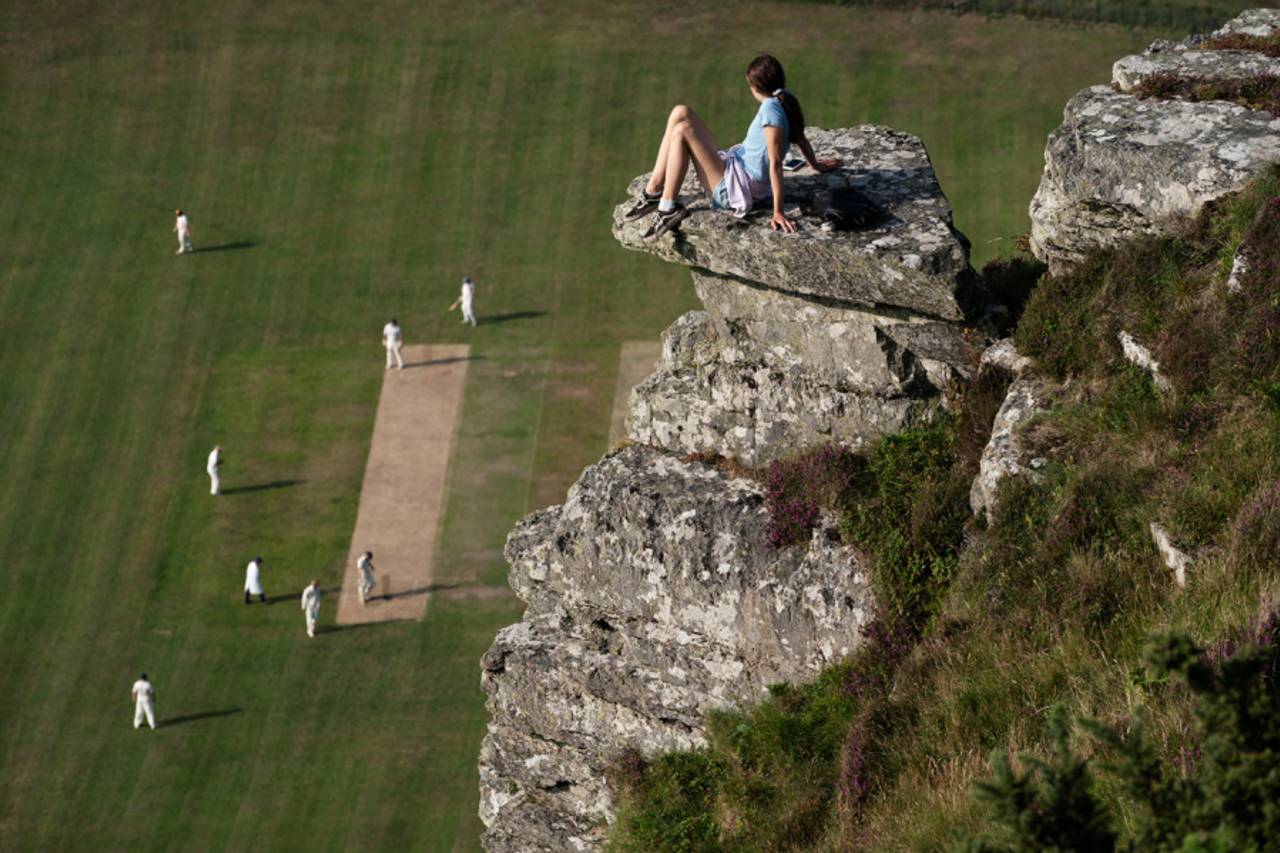The
recent furore over Yorkshire's treatment of Azeem Rafiq has institutional racism at its core, but that is only part of the story. As a new book emphasises, the story of English cricket from the outset has been bedevilled not just by racism but by an ingrained culture war that is also based on class and political beliefs and held together by a traditional respect for gentlemanly etiquette and fair play. Only by considering all this in unison is the state of the game fully understood.
Duncan Stone's Different Class: The Untold Story of English Cricket argues that English cricket has long been essentially dominated by white, upper-class, public-school men who have often been wedded to tradition and who recoiled at the thought that the game might become so popular that they would need to relinquish control.
In that stance Stone largely adopts the narrative that made the greatest impression with Anyone But England, a politically driven analysis by a New York Marxist, Mike Marqusee, which was condemned by many conservative voices when it was first published in 1994, and which directly challenged the game's traditional values and the conventions that underpin them.
The debate over English cricket's direction is now a perpetual undercurrent and, as such, Stone's contribution to the canon is unlikely to cause as much of a stir. His solution has been to consider English cricket's history not just through the lens of professional cricket - England and the counties - but also through the development of club cricket. It is an impeccably researched effort, at times a little too detailed as the broader story is submerged under a welter of detail.
In Stone's story, club cricket in the north is more inclusive, has a more working-class feel, pays professionals, attracts sizeable crowds (at least has done after WWII) and believes that winning is all. In the south, where the Club Cricket Conference holds sway, leagues are resisted as the work of the devil, and trying too hard often appears to be frowned upon by those who regard club cricket as a social occasion rather than a competitive sport. Cricket (perhaps uniquely) is a game where you spend most of the day with your team-mates, often in off-field conversation, and the extent to which that has encouraged exclusionary attitudes should not be underestimated. Social class, and poverty, remains as much of a barrier to participation as race. The failure to broaden the reach of the game is not just the fault of county cricket, although the dilatory approach of the counties is there for all to see, but also of the clubs.
The Club Cricket Conference is an extraordinary beast. It took 19 years for the Surrey League to win the argument for league tables. The results of the conference's intransigence are illustrated by the fact that no southern county won the County Championship from 1921 until 1947. When Surrey joined Yorkshire as the dominant force of the 1950s, it was because they were the most progressive of the southern bloc. Read in this context, the battles fought by the likes of Alf Langley, a former chairman of the CCC, in the name of mass participation verge on the heroic.
As for the north, the Wisden editor, Sydney Pardon, regarded payment to players as immoral and there were angry pieces in the Cricketer magazine, then a bastion of High Toryism, which conflated the northern leagues with rampant Bolshevism.
But the most direct way in which politics affected the nature of club cricket in England came with the election of Margaret Thatcher as Prime Minister in 1979. Thatcher's economic changes caused a marked reduction in the number of cricket grounds supported by public bodies with the intention of encouraging good health for the nation. Council cutbacks brought further slippage, and changes in education policy encouraged the mass sale of school playing fields. By the time John Major, Thatcher's successor as prime minister, recognised the dangers in the 1990s, cricket was once again becoming the province of the few rather than the many. The north, of course, is not just the hard-done-to poorer brother and has had issues of its own, not least with racism.
To read such uncompromising cricket histories is to fear that it will be impossible ever again to munch a piece of Victoria sponge in the Worcester Ladies Pavilion while listening to the sound of the bells ring out from the cathedral across the Severn without queasily questioning the state of society and one's role within it.
Stone's conclusion is as one might expect: that English cricket will not shed its elitist pretentions whilst the administration of the game remains in the hands of a narrow majority, and that lauding of the spirit of cricket, in all its guises, disenfranchises many who wish to play it. To build an enlightened future, cricket must first discard its past, he says, which is very much a historian's take. Or it might just be that the growth of T20 has set in motion unstoppable changes that, far from destroying the game, as traditionalists will have us believe, will make it more accessible than ever.
Different Class: The Untold Story of English Cricket
by Duncan Stone
Repeater
320 pages, £12.99
David Hopps writes on county cricket for ESPNcricinfo @davidkhopps

